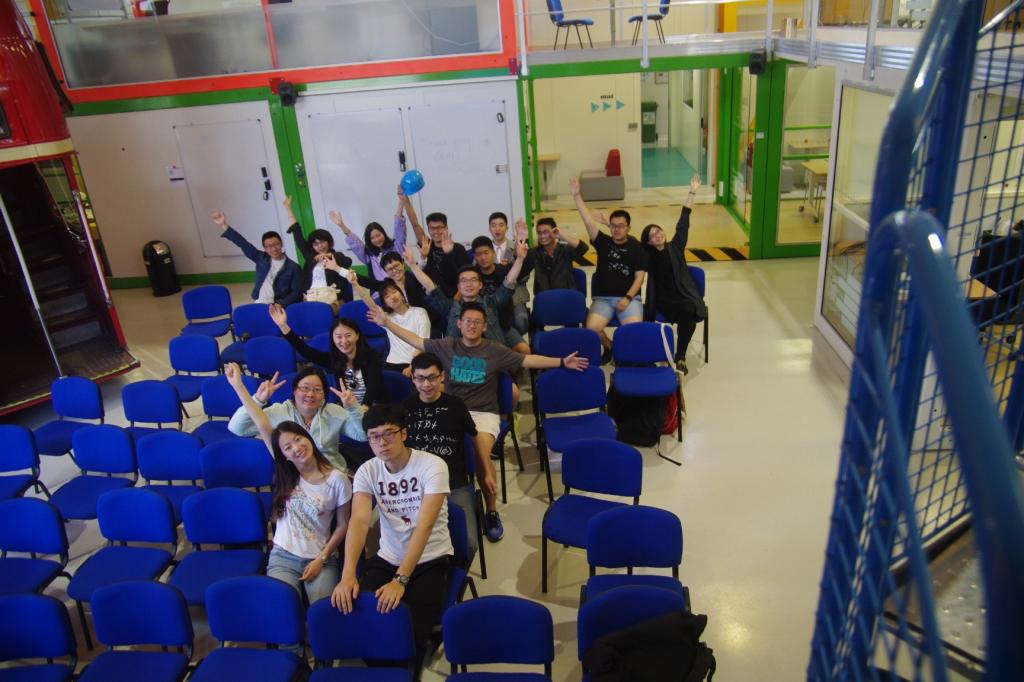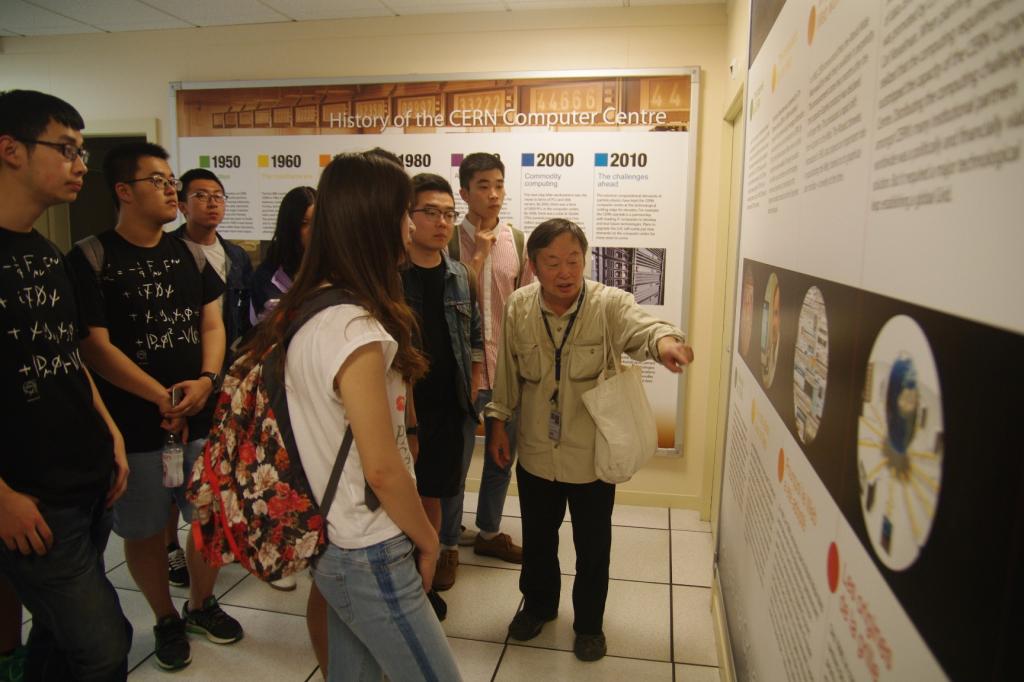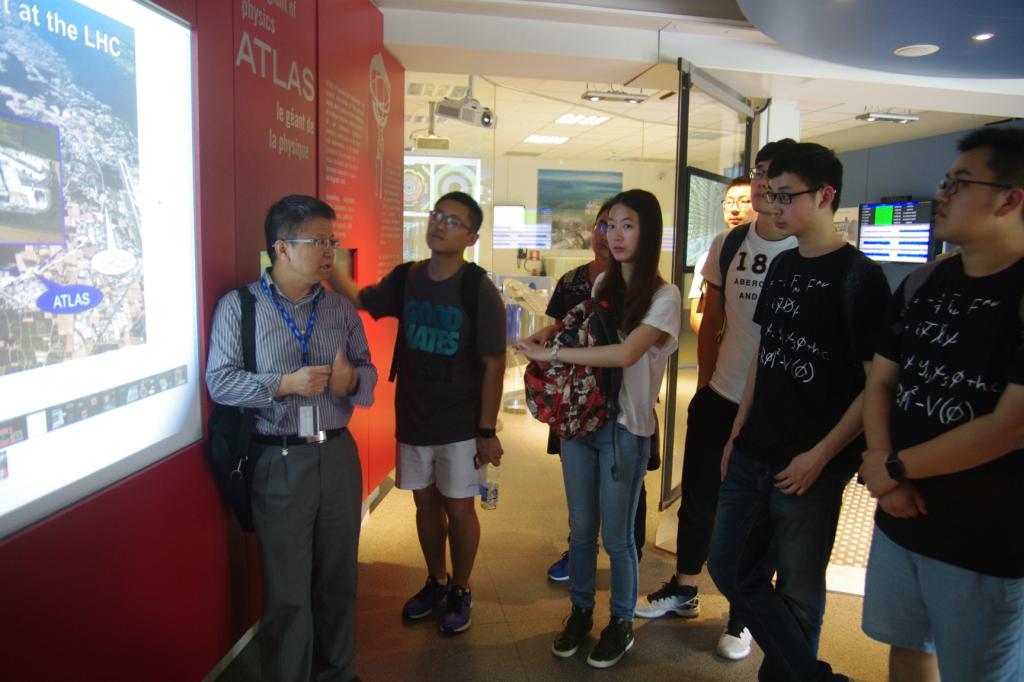Tongji on Tracks visited its last stop – the mysterious European Nuclear Research Center(CERN), which was the most eagerly destination expected by our fellow students. CERN is the world’s largest particle physics laboratory as well as the birthplace of Internet, where the world’s largest particle accelerator and other facilities supporting high energy physics research are stored. There a large data center is also set up to assist in the analysis of experimental data.

Assisted by CERN Ideasquare, our students visited the public exhibitions of CERN, the Microcosm, the Globe of Science and Innovation, CERN Data Centre and Atlas Visitor Centre. CERN Ideasquare is family member of Global Design Factory Network as Sino-Finnish Centre, sharing the cross disciplinary collaborative working philosophy, committing to providing a platform for researchers, engineers, social organizations and students from interdisciplinary teams to jointly develop new technologies for the purpose of research, and create a cooperative way of work at CERN.
Microcosm is an exhibition that showcases the timeline of the universe’s history of 200 million years. Via participating in a variety of devices and video/game interaction, the students were able to experience directly the important experiments happening at CERN. The scientists at CERN have been concentrated on the smallest things in the world – particles, attempting to interpret the oldest information of the universe from it. Globe of Science and Innovation is a wooden spherical architecture with all its timber from the Swiss forest for the sake of sustainability. This permanent exhibition adopted images and other interactive devices, so that people could understand how CERN’s large-scale experimental equipments work, and get to feel the very moment of the Big Bang.


Professor Qian Sijin and Professor Ren Zhongliang who were doing research at CERN Data Centre and Atlas Visitor Centre received the students and introduced CERN’s most important two institutions. At the Large Hadron Collider lab, scientists have been using particle detectors to detect high-energy particles out of collisions. Every second there would be data of 40,000,000 pictures stored. CERN Data Center has more than 110,000 core processors and 10,000 servers working throughout the whole year, offering solid support for the huge data processing there. Either the World Wide Web or the grid computing research CERN is now actively carrying out is a significant pillar of its high energy physics research. Last time CERN shocked the world of physics was the discovery of the Higgs boson. It allowed physicists to infer the Big Bang scenario, and made the two discoverers Nobel Prize winners in 2013. According to Professor Qian Sijin, CERN may announce a new discovery a few months later.
At the end of the CERN trip, Tongji on Tracks students from different academic backgrounds were all amazed by the mystery of the universe and the achievements of CERN. Giving earthlings a chance to peek the universe through particles, that probably is the charm of physics.
